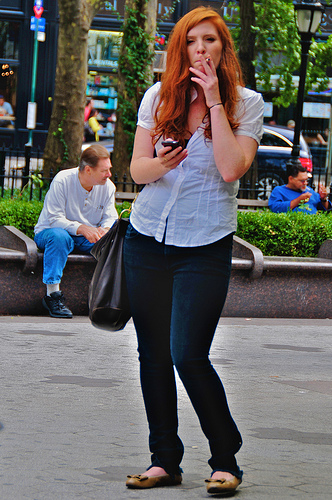Stretching–and whether or not to do it–is one of the most debated issues in health and fitness. What’s the final verdict? (I’ve given my opinions a few times already here, here, and here.) Does Stretching Before Running Prevent Injuries comes from the New York Times and it’s the latest comment on the issue. The article discusses a study from USA Track & Field that involved about 3000 runners over the course of three months. These subjects were split into two groups: one group followed a pre-run stretching routine, the other group did not stretch. (From the description, the stretching group engaged in static isolated stretching, or what many of us would recognize as stretching: bend over and stretch the hamstrings for 20-30 seconds for example.) Both groups followed the same running program. The result? Both groups experienced the same injury rate. Thus, pre-run static stretching does not appear to help guard against injuries. There is an exception though.
The study states:
“If runners who normally stretch prior to running were assigned to stretch, they had a low risk of injury but if they were assigned not to stretch, the injury risk was double those who kept stretching. It’s this result that most startlingly exhibits why people consider stretching to prevent injury. This study shows that those who are comfortable with their pre-run stretching routine should maintain it. They risk injury if they discontinue their pre-run stretching. For runners comfortable without pre-run stretching, they don’t necessarily improve their injury protection by starting a pre-run stretching routine.”
As I see it, the broad point to take from this observation is that any changes to your program should be undertaken slowly. That goes for adding speed work, hill work, more mileage or engaging in barefoot running. Sudden dramatic changes may leave you sidelined.


